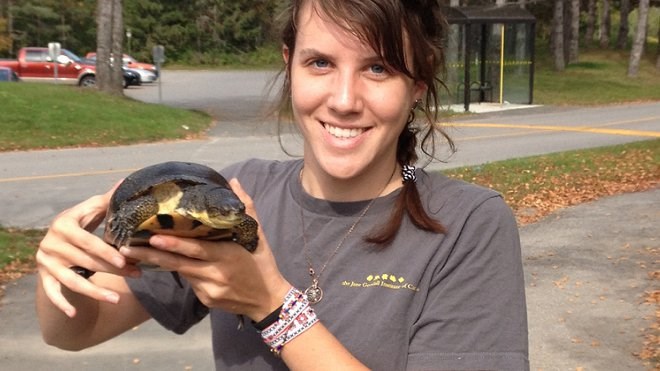Often when people think about the current situation of our global environment, it can get pretty discouraging. Sometimes, you just need to take a look around and see the small progresses we are making.
By living in Sudbury, most people have this opportunity every time they look out their window and see Junction Creek.
Most Sudburians know the story of Junction Creek – a once pristine creek that flowed through the city became a deposit for nickel mining waste, storm and sewage water, and erosion sediment. If this wasn't enough, acid rain, industrial and urban sprawl, and dams also contributed to its degradation.
However in 1999, the creek finally received a great gift with the creation of the Junction Creek Stewardship Committee. The mission of the committee is to restore all life to the creek's ecosystem, while improving the quality of life of Sudburians.
They have greatly succeeded in their mission. By re-greening the riparian areas (land adjacent to streams) and removing garbage, the resulting improved water quality allowed for the release of brook trout into the creek.
One of the most recent endeavors the committee is the discovery of a threatened species: the Blanding's Turtle (Emydoidea blandingii). It was discovered in Junction Creek in 2011, and since then, a total of 25 individuals have been recorded.
But what is so significant about finding a threatened species of turtle, other than the fact that most people enjoy cute turtles, especially ones who have a permanent smile on their face? The answer lays in their status.
It is written in Ontario legislation that the habitat of a threatened species shall not be damaged or destroyed. Protecting Blanding's habitat isn't only beneficial for the turtles and other species who inhabit the area, but even the people in the community.
More wetlands means better flood and erosion control, improved filtration of pollutants from water, and increased carbon storage. Since many of the turtles were found within an urban area, it is important to maintain the remaining habitat and wetland areas.
One of the best ways residents can help, is to report any sightings to Ontario Nature (ontarionature.org).
Anne Blondin is an ecosystem management technology student at Fleming College in Lindsay, Ont., and a graduate of the fish and wildlife technician program at College Boreal. She is originally from Sudbury.
Join Sudbury.com+
- Messages
- Post a Listing
- Your Listings
- Your Profile
- Your Subscriptions
- Your Likes
- Your Business
- Support Local News
- Payment History
Sudbury.com+ members
Already a +member?
Not a +member?
Sign up for a Sudbury.com+ account for instant access to upcoming contests, local offers, auctions and so much more.
